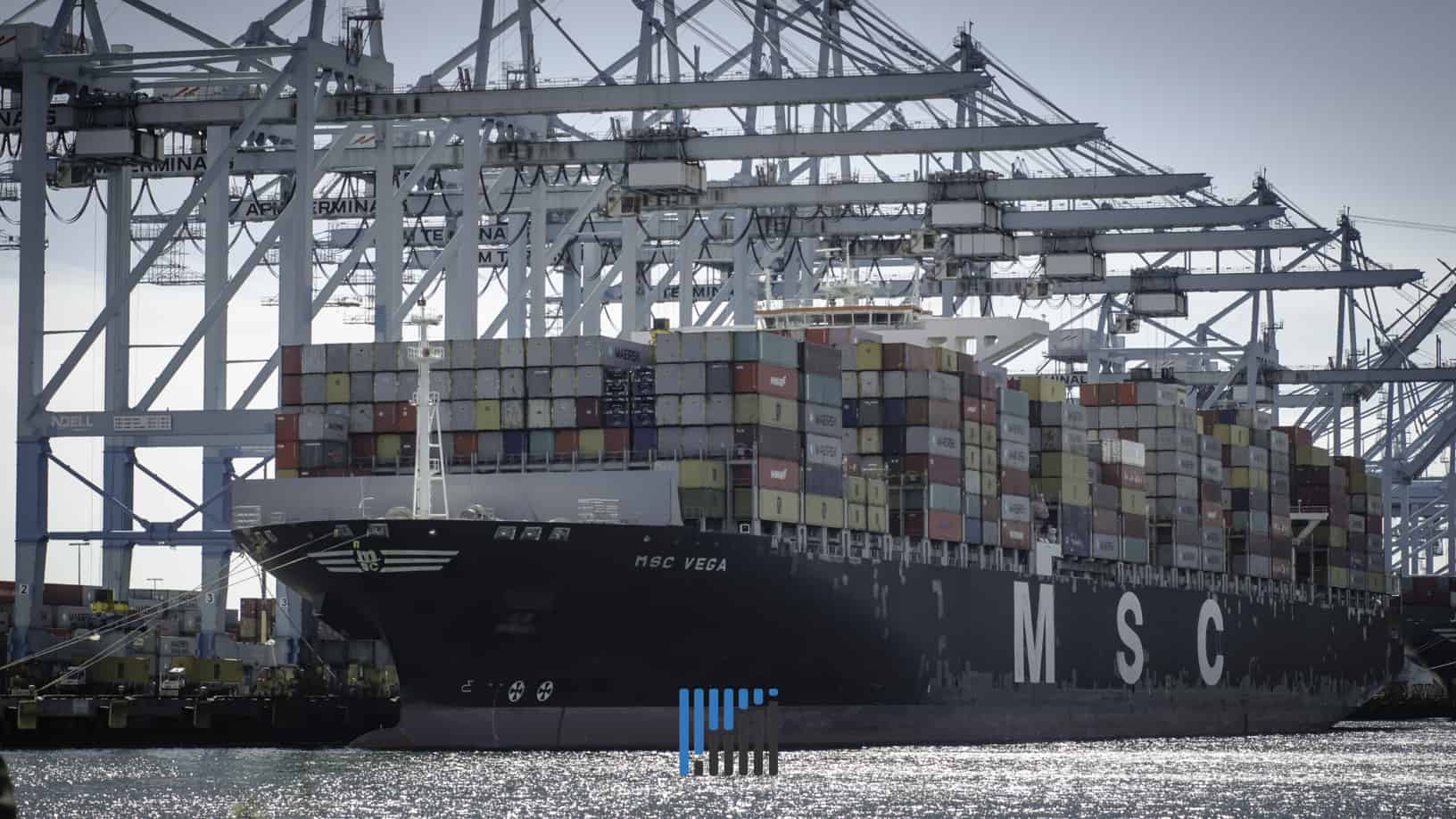In what can be considered to be a substantiation of blockchain’s use case within the maritime industry, global container lines CMA CGM and the Mediterranean Shipping Company (MSC) have joined TradeLens, the blockchain-based digital shipping platform developed by A.P. Moller- Maersk (CXE: MAERB) and IBM (NYSE: IBM). TradeLens is an open and neutral blockchain platform that promotes an efficient, transparent and secure exchange of information to improve collaboration between different stakeholders within the supply chain.
It has been three years since Maersk and IBM announced TradeLens, developed to create a network of shareholders from within the global commerce space to monitor supply chains end-to-end. Though TradeLens is currently one of the largest logistics blockchain platforms in the world, traction has not come at a pace that the founding companies would have fancied.
Industry incumbents have questioned the interests of Maersk and IBM in TradeLens, due to skepticism arising from their “ownership” of a decentralized ledger technology platform. The issue was the lopsided equation of power, with the founding members thought to have a lot more authority over the platform than the rest of the participants.
Interestingly, CMA CGM and Hapag-Lloyd criticized the workings of TradeLens in 2018, stating that for a blockchain-based platform to succeed within the industry, it would need to have a common standard.
This probably led CMA CGM to work on creating its own blockchain network, joining ocean liners COSCO Shipping, Evergreen Marine, OOCL and Yang Ming, along with terminal operators DP World, Hutchison Ports, PSA International and the Port of Shanghai, to create the Global Shipping Business Network (GSBN). The GSBN, much like TradeLens, is an open digital platform built over decentralized ledger technology.
Nonetheless, with CMA CGM and MSC joining the platform today, TradeLens now accounts for shipping data of over half the number of container lines that sail across international waters.
“Digitization is a cornerstone of the CMA CGM Group’s strategy to provide an end-to-end offer tailored to our customers’ needs. We believe that TradeLens, with its commitment to open standards and open governance, is a key platform to help usher in this digital transformation,” said Rajesh Krishnamurthy, Executive Vice President of IT & Transformations at CMA CGM Group. “TradeLens’ network is already showing that participants from across the supply chain ecosystem can derive significant value.”
Though the extent of data that gets shared by CMA CGM and MSC with the TradeLens platform remains to be seen, it can be expected that confidence in the platform has steadily increased since its inception. In an infographic IBM mentioned that the TradeLens platform has published over 500 million discrete shipping events since 2018, and the number is growing by more than 1.5 million every day. Currently, there are over 100 participants in the network, with 20 million containers tracked annually.
“Digital collaboration is key to the evolution of the container shipping industry. The TradeLens platform has enormous potential to spur the industry to digitize the supply chain and build collaboration around common standards,” said André Simha, Chief Digital & Information Officer, MSC. “We think that the TradeLens Advisory Board, as well as standards bodies such as the Digital Container Shipping Association, will help accelerate that effort.”
TradeLens has found good traction lately, with the Saudi customs department successfully sending its first shipment through the platform earlier this month. Maersk and IBM believe that the platform has the potential to improve business models within the industry, and help gain transparency into complex global supply chains. However, for an ideal use case, TradeLens would have to ensure it gets stakeholders from different verticals and nodal points within the supply chain – an exercise that might take time to materialize.










